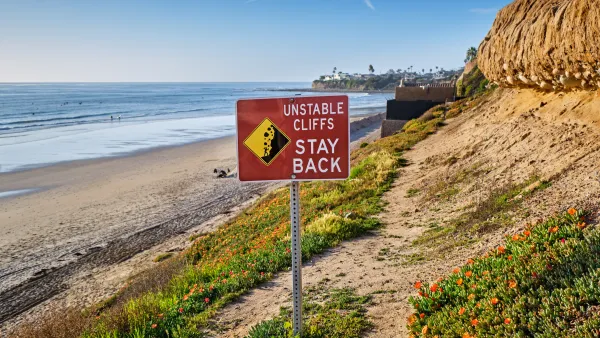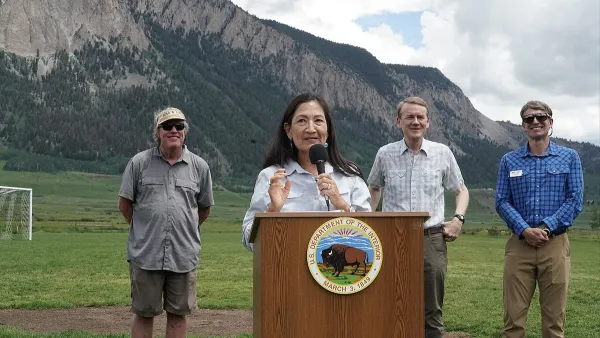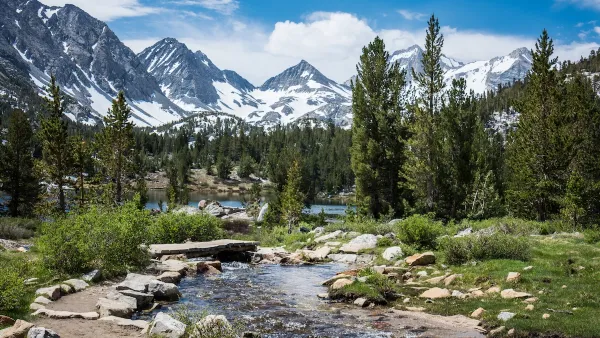As it has already done with public lands, the Trump Administration is studying how to roll back environmental protections for the sake of the oil and gas industries. This time, marine sanctuaries are the administration's target.
"The Trump Administration is reviewing whether to shrink national marine sanctuaries and monuments under a recently-released plan that could expand offshore oil and gas drilling," according to an article by KQED.
"In April, President Trump asked U.S. Commerce Secretary Wilbur Ross to evaluate whether 11 national marine sanctuaries and monuments created or expanded since 2007 would be appropriate for opening up to oil and gas exploration," and the "areas that could lose protection span from Central California to the South Pacific to New England, totaling [sic] about 425 million acres."
The article includes an interview between KQED's Broan Watt and Paul Rogers, the managing editor of KQED's science unit and environment writer at the Mercury News, about the impacts of a potential decision to shrink marine sanctuaries would mean, particularly for the state of California.
The Trump Administration's treatment of marine sanctuaries mirrors its treatment of public lands—President Trump dispatched a cabinet member to study the reduction of national monuments, and is pursuing an "energy dominance" agenda that includes an order by Interior Secretary Ryan Zinke to expedite drilling on public lands.
As noted in the article, "[t]he National Oceanic and Atmospheric Administration is accepting public comments on the review of all designations and expansions of National Marine Sanctuaries and Marine National Monuments since April 28, 2007. The comment period ends July 26. Submit a formal comment to the National Register."
FULL STORY: Trump Administration Considers Shrinking Federally Protected Waters

National Parks Layoffs Will Cause Communities to Lose Billions
Thousands of essential park workers were laid off this week, just before the busy spring break season.

Retro-silient?: America’s First “Eco-burb,” The Woodlands Turns 50
A master-planned community north of Houston offers lessons on green infrastructure and resilient design, but falls short of its founder’s lofty affordability and walkability goals.

Delivering for America Plan Will Downgrade Mail Service in at Least 49.5 Percent of Zip Codes
Republican and Democrat lawmakers criticize the plan for its disproportionate negative impact on rural communities.

Test News Post 1
This is a summary

Test News Headline 46
Test for the image on the front page.

Balancing Bombs and Butterflies: How the National Guard Protects a Rare Species
The National Guard at Fort Indiantown Gap uses GIS technology and land management strategies to balance military training with conservation efforts, ensuring the survival of the rare eastern regal fritillary butterfly.
Urban Design for Planners 1: Software Tools
This six-course series explores essential urban design concepts using open source software and equips planners with the tools they need to participate fully in the urban design process.
Planning for Universal Design
Learn the tools for implementing Universal Design in planning regulations.
EMC Planning Group, Inc.
Planetizen
Planetizen
Mpact (formerly Rail~Volution)
Great Falls Development Authority, Inc.
HUDs Office of Policy Development and Research
NYU Wagner Graduate School of Public Service





























